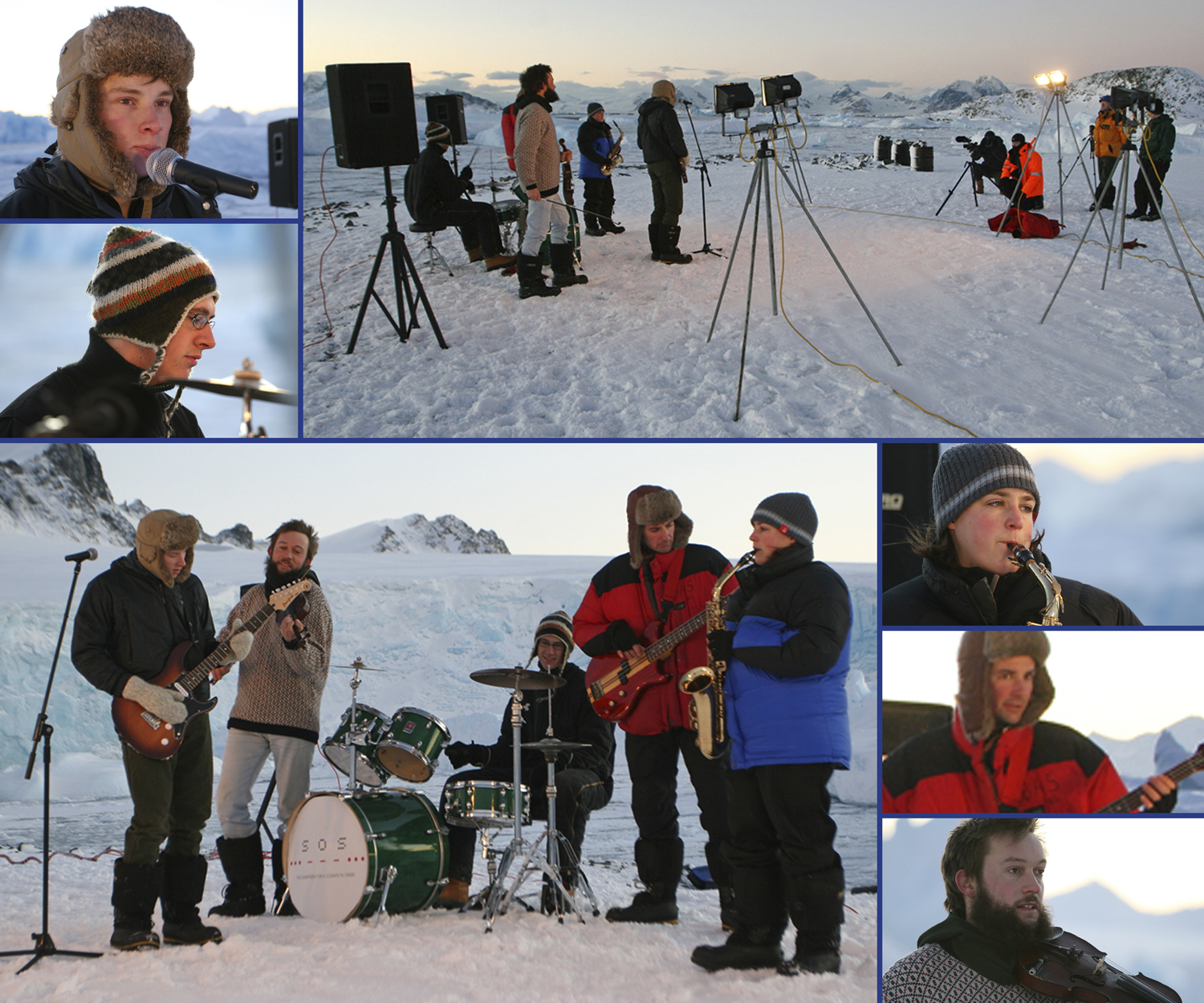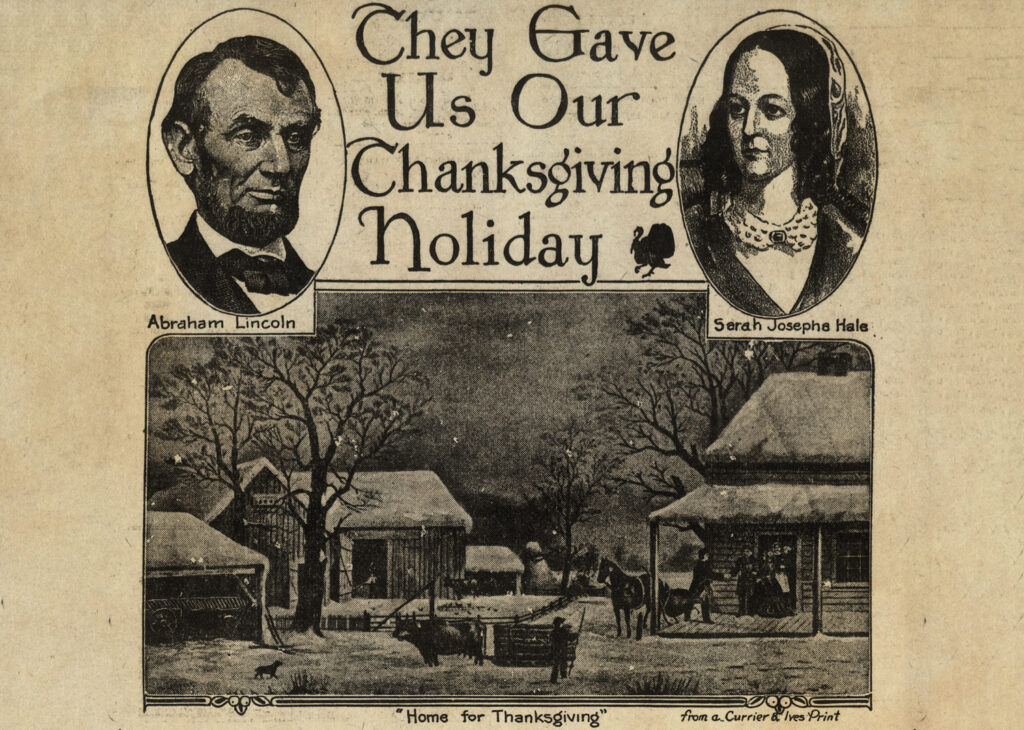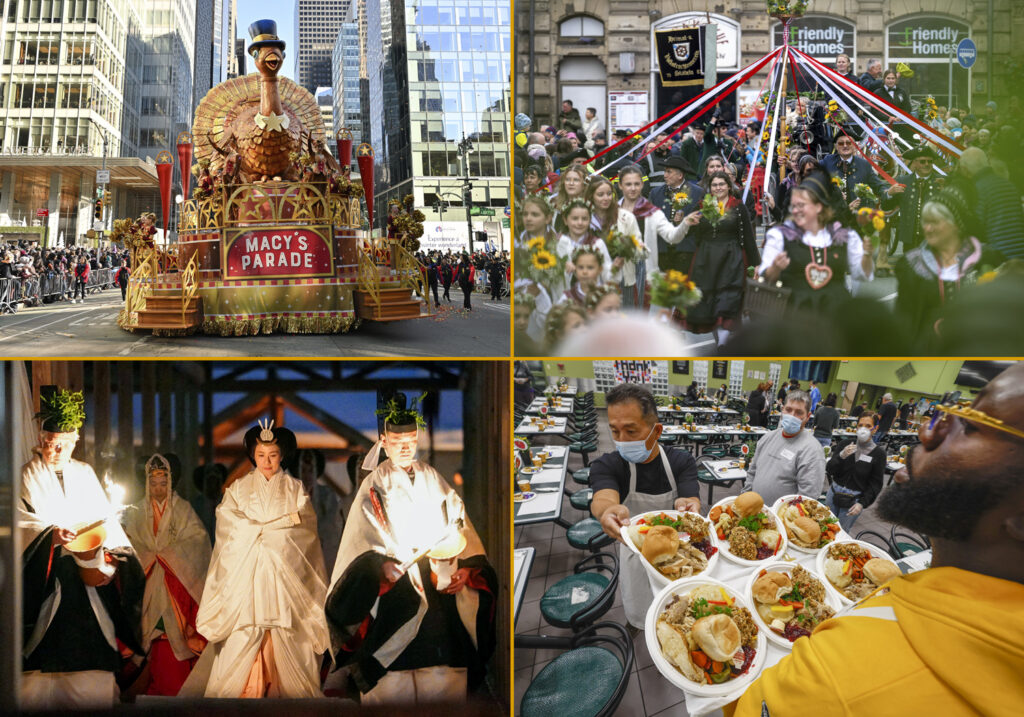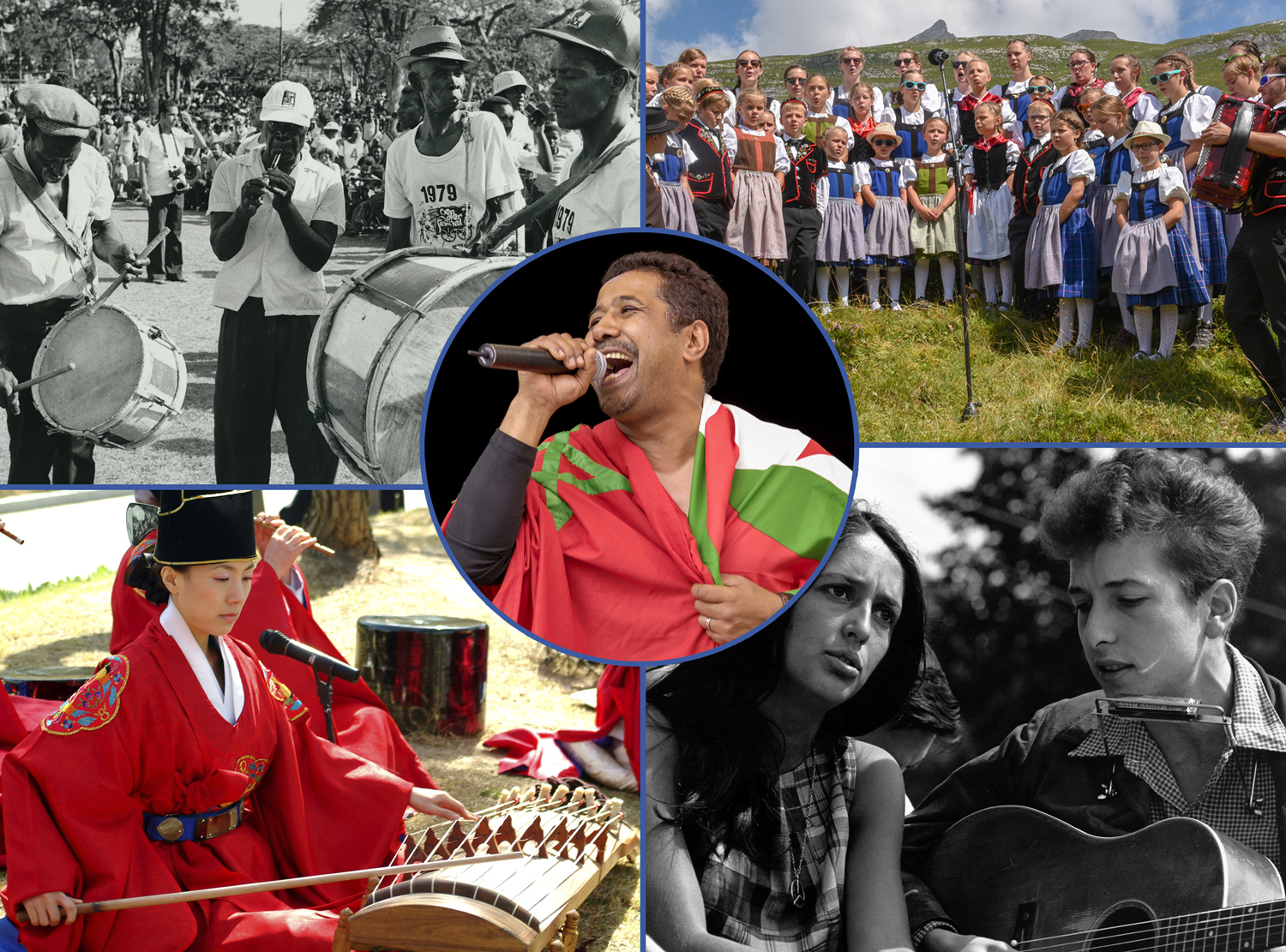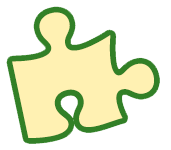Ella Jenkins Dies
Ella Jenkins, the “first lady of children’s music,” has died at age 100.
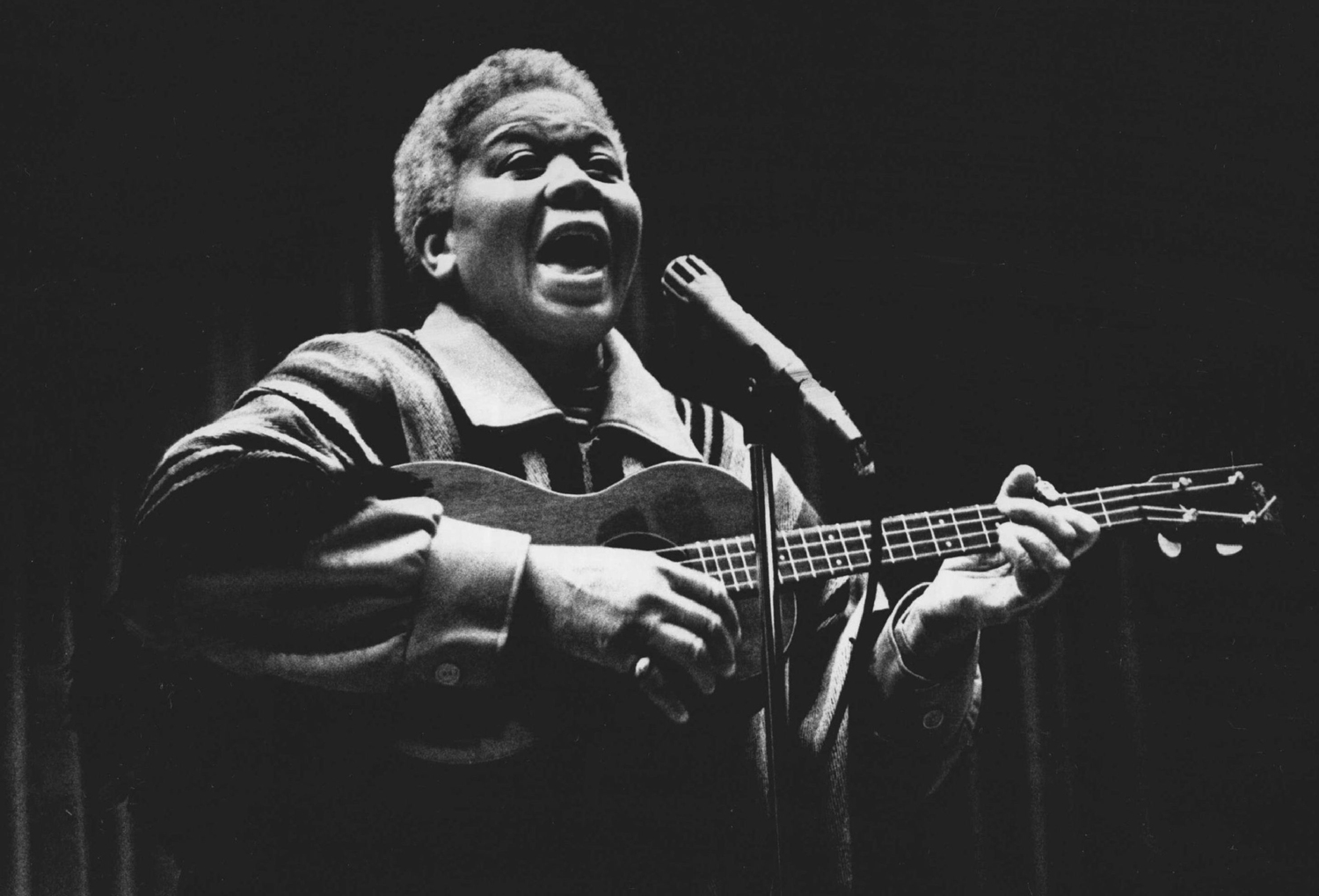
© John Prieto—The Denver Post/Getty Images
Ella Jenkins, seen here in about 1980, performed for audiences all over the world.
As fun as it is to listen to, music is even more enjoyable when you sing along. Singer Ella Jenkins, who made a career out of inviting children to sing along with her, died on November 9. She was 100 years old.
Known as the “first lady of children’s music,” Jenkins recorded more than 40 albums of folk music aimed at young audiences and traveled the world performing for kids and adults. She not only sang traditional songs, like “Mary Had a Little Lamb,” but also wrote many songs herself. Jenkins loved all kinds of music, introducing her audiences to sounds and stories from the United States, Latin America, Eastern Europe, and more.
Jenkins was born in St. Louis, Missouri, in 1924 and grew up in Chicago, Illinois. She surrounded herself with music from a young age, whether from her harmonica-playing uncle or recordings by 20th-century musicians like Cab Calloway. Calloway was famous for “call-and-response,” which means he would call out a lyric and get the audience to repeat after him. Jenkins would later use this same technique with her young audiences.
In the 1950s, as a young adult, Jenkins got a job directing activities for teens at a community center called the YWCA, or Y. Jenkins, who played the ukelele, harmonica, organ, and many percussion instruments, began teaching music at the Y. This led to an offer to appear on a TV show once a week and, eventually, a recording contract. Jenkins’s first album, Call and Response: Rhythmic Group Singing, was released in 1957.
Jenkins performed on every continent—even Antarctica, where she played her songs for children of the researchers who were working there.
“I had my harmonica. The penguins were very curious about me,” she told the Chicago Sun-Times.
When Jenkins went on tour, teaching and performing weren’t her only goals. She also wanted to learn. Jenkins had a never-ending curiosity about cultures around the world. She would take a recording device on the road so she could keep track of phrases she heard. Some of them ended up in her songs.
In addition to touring the globe, Jenkins appeared on many TV shows during her career, including Sesame Street and Mister Rogers’ Neighborhood. Fans who loved to sing along with Jenkins felt a connection with her.
“I get all kinds of hellos at airports and bus stations,” she once said, according to the Chicago Sun-Times. “Wherever I go, children want to shake hands.”

